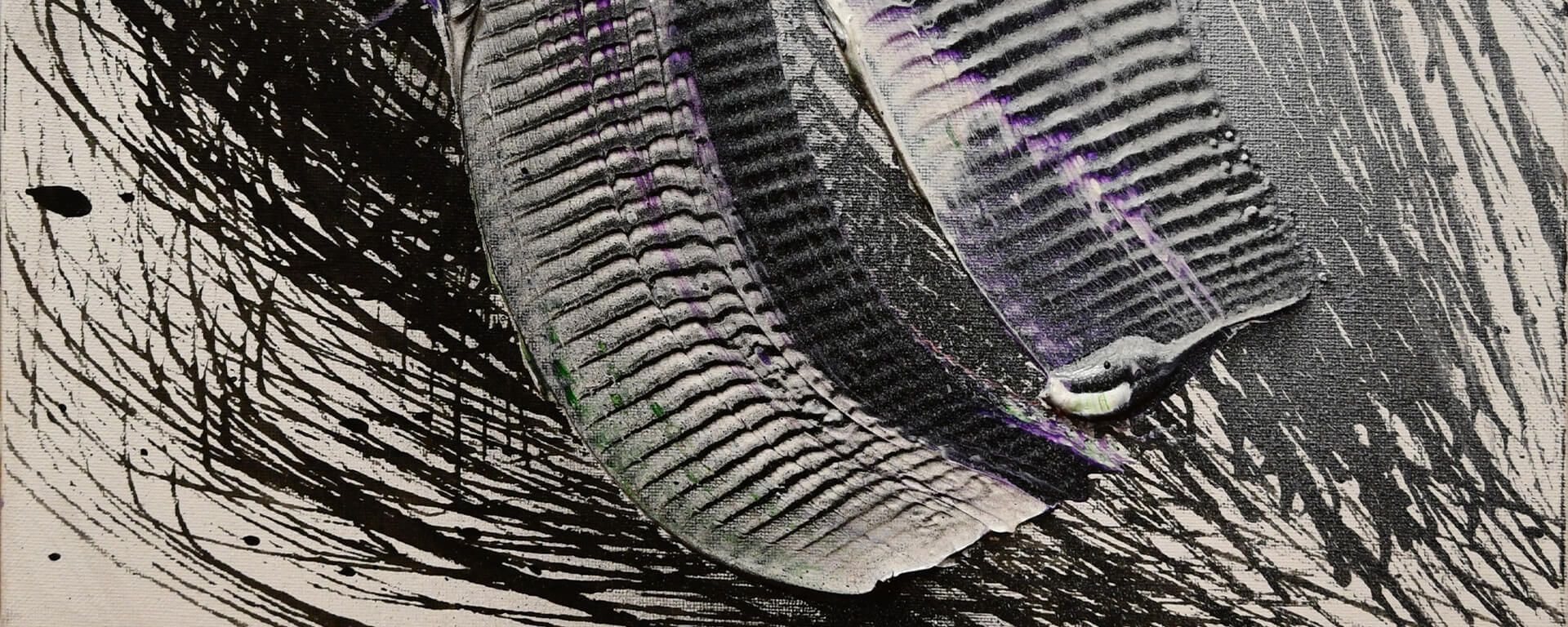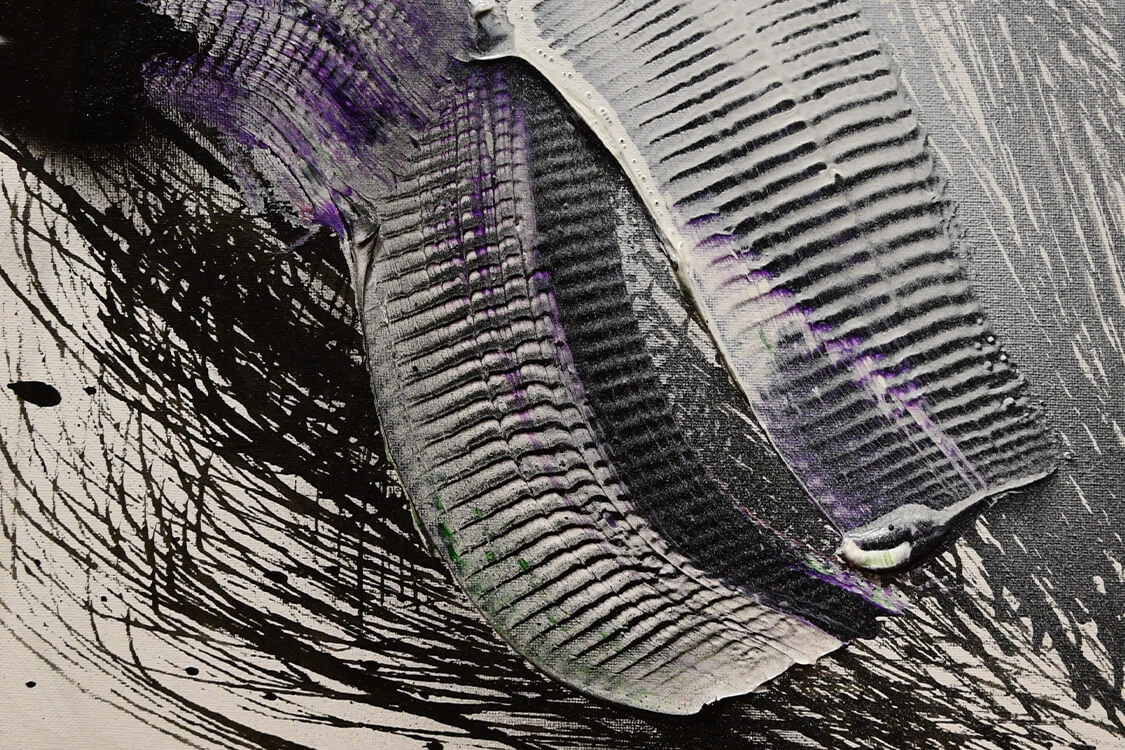

Harmony in Chaos: A Peek Into The Mind of Yasuo Sumi
新加坡
2024.04.13 - 06.02
Whitestone Gallery Singapore is pleased to announce “Harmony in Chaos: A Peek Into The Mind of Yasuo Sumi”, the very first solo exhibition by the late pioneering Japanese artist to be held in Singapore. From works as early as the 1950s, this exhibition will showcase the various stages and events in Sumi’s career – from his participation in the Gutai Art Association to the discovery of a painting technique using an abacus and the subsequent developments that took his art activities around the world. It becomes evident that Sumi embodied a distinctly free-spirited outlook on life, a quality that resonates profoundly in his canvases. At a time when Japan’s way of thinking saw salvation in hard work and goal-oriented pursuits, and applied that thinking to the field of art, Sumi diverged from convention, pioneering an artistic stance that defied conventional norms. His motto ‘yakekuso (desperation), fumajime (absence of seriousness), charanporan (irresponsibility)’, epitomised his bold departure from established paradigms, shaping his avant-garde artistry for over 50 years.
by Yasuo Sumi

Untitled SY-82, Oil on canvas, 2014
Born in Osaka in 1925, Sumi was a member of the Gutai Art Association and later on joined the Artist Union group (then called AU group = Art Unidentified), represented by Shozo Shimamoto. Sumi is known for using unconventional tools such as the soroban (Japanese abacus) and a paper bangasa (traditional umbrella). Other times, he would stick cloth on top of a mosquito net and paint with a vibrating mechanism.

Yasuo Sumi at work, published in the October 7, 1962 edition of the Sunday Mainichi. The article describes Sumi as a junior high school teacher who is also a freethinking painter who uses implements of various tools in his art.
Sumi’s works has been showcased in exhibitions across the world, including the Itami City Museum of Art “Enchanting Mess: Sumi Yasuo in the 1950s” (2015); the Guggenheim Museum, New York (2013); Museo Cantonale d’Arte, Lugano (2010); Galerie Nationale du Jeu de Paume, Paris (1999); and the 15th Venice Biennale, as part of the “Passage to the East” group show (1993).

Untitled SY-162, Oil on canvas, undated

Work SY-32, Wire mesh and enamel on cloth, 1950
Notably, his masterpieces have found a home in renowned museums and institutional collections such as The National Museum of Art in Osaka, Hyogo Prefectural Museum of Art, The Miyagi Museum of Art, Ashiya City Museum of Art & History and The Rachofsky House in Dallas, USA.
新加坡
+65 6223 3090
+65 6223 3657
Opening Hours: 11:00 - 19:00
周日,周一,国定假日
Opening Reception
ARTIST

一边任教于国中、高中,同时在同事嶋本昭三的建议下开始绘画。担任数学老师的鹫见,偶然间发现了「算盘」所画出的轨迹之美。从此之后,振动器、纸伞,与算盘同为鹫见技法的代名词。 1955年加入具体美术协会,至协会解散为止参与所有具体美术展的展出。「豁出去,屏除一丝不苟,奔放不羁」的创作信念,充满启发性与即兴性的作品受到吉原治良的赞赏。与嶋本昭三相同,作品多次于欧美展出,因此在意大利的知名度颇高。